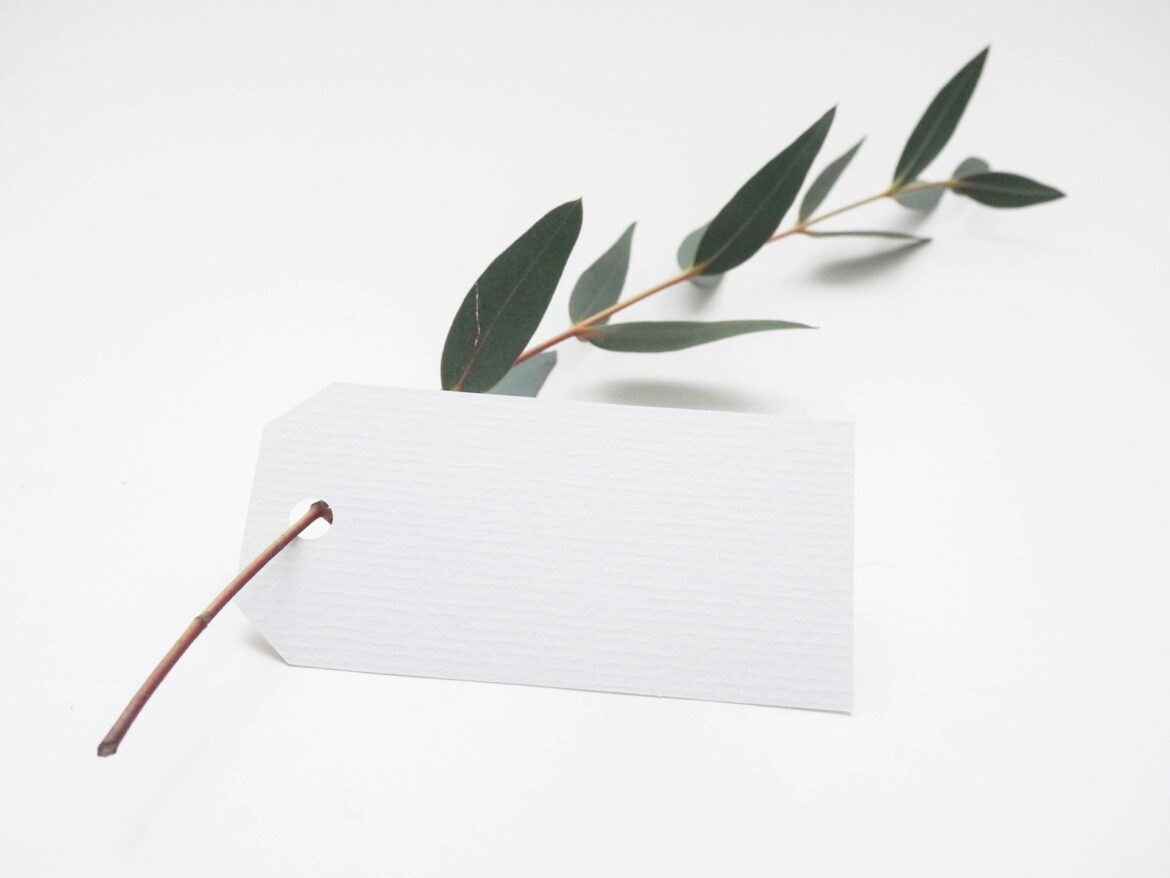When it comes to capturing stunning portraits, lighting plays a crucial role in determining the quality of the final image. The right lighting can enhance the features of the subject, create depth and dimension, and set the mood of the photograph. As a photographer, understanding the different lighting techniques and how to manipulate them can help you achieve the perfect shot during Portrait sessions.
Natural light is often the most flattering and versatile source of light for portrait photography. It is soft, diffused, and brings out the natural beauty of the subject. When shooting outdoors, early morning or late afternoon light, also known as golden hour, provides a warm, soft glow that can make your portraits look magical. Avoid harsh midday sunlight as it can create unflattering shadows and cause the subject to squint.
If you are shooting indoors, look for large windows that allow plenty of natural light to flood the room. Position the subject near the window and use a reflector to bounce the light back onto the subject to fill in any shadows. This will help create a soft and flattering light that enhances the subject’s features.
In addition to natural light, artificial lighting can also be used to create stunning portraits. One of the most popular artificial lighting setups for portrait photography is the three-point lighting system. This setup consists of a key light, fill light, and backlight, each serving a specific purpose to light the subject evenly and create depth in the image.
The key light is the main light source that illuminates the subject. It is typically placed at a 45-degree angle to the subject and slightly above eye level. The key light should be the brightest light in the setup and is used to define the subject’s features and create shadows for a more dramatic effect.
The fill light is used to fill in the shadows created by the key light. It is placed on the opposite side of the key light and helps to soften the shadows and create a more even light on the subject’s face. The fill light should be less intense than the key light to avoid washing out the details in the image.
The backlight is placed behind the subject to create a separation between the subject and the background. It adds depth to the image and helps the subject stand out. The backlight should be slightly brighter than the fill light but softer than the key light to create a halo effect around the subject.
When using artificial lighting for portrait sessions, it is important to consider the type of light source you are using. Continuous lighting, such as softboxes or umbrella lights, provide a constant and even light that is easy to work with. On the other hand, strobe lighting, such as speedlights or studio flashes, produce a quick burst of light that can freeze motion and create a more dynamic look.
When using artificial lighting, it is important to experiment with different setups and positions to find the best lighting for your subject. Take test shots and adjust the intensity and direction of the lights until you achieve the desired look. Remember that lighting is a creative tool that can be used to enhance the mood and atmosphere of the portrait, so don’t be afraid to get creative and try new techniques.
In conclusion, lighting plays a crucial role in portrait photography and can make or break a shot. Whether you are shooting with natural light or artificial lighting, understanding how to manipulate light to flatter your subject is key to achieving the perfect portrait. By experimenting with different lighting setups and techniques, you can create stunning portraits that capture the beauty and essence of your subject during portrait sessions.
For more information visit:
Andrea DeLong Photography | Kansas City Portrait Photographer
https://www.andreadelongphotography.com/
Kansas City, United States
